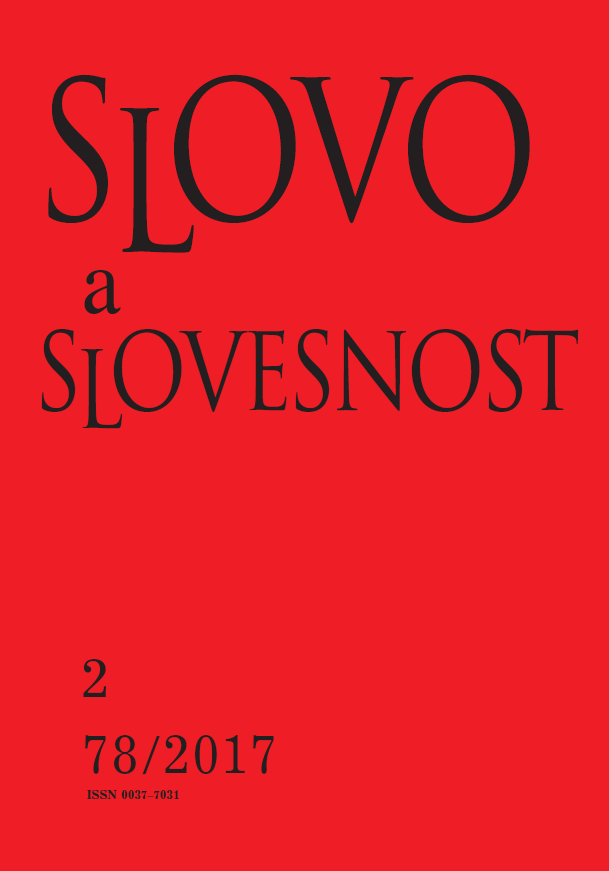Inštrumentál v ranej ontogenéze reči dieťaťa hovoriaceho po slovensky
The instrumental case in the early language acquisition of Slovak-speaking children
Author(s): Jana KesselováSubject(s): Applied Linguistics
Published by: AV ČR - Akademie věd České republiky - Ústav pro jazyk český
Keywords: instrumental case; early childhood; Slovak; natural morphology
Summary/Abstract: Using the frameworks of natural morphology and functional-semantic analysis, the paper deals with the polyfunctional instrumental case in early speech development (during the first 3 years of a child’s life). Both a case study and a methodological study, it presents the results of research on grammatical forms, case meanings and the development of pragmatic functions. The key question is: which instrumental case structures do children acquire preferentially? The research is based on a combination of qualitative (audiovisual recordings of three children) and quantitative (1065 parental assessments) methods. Conclusions are reached on three levels: (a) form: maximal morphotactic transparency, regularity and simplicity are typical for preferentially acquired forms; (b) semantics: the preferentially acquired comitative and instrumental meanings can be interpreted as the linguistic representation of experience in social contact and in dealing with tools or means to accomplish one’s goals; (c) pragmatics: children use the instrumental case in basic functions (to provide contextual information, for disagreements, answers, requests and commands). The research broadens the understanding of speech ontogenesis and contributes to a theory of language that is compatible with the process of its acquisition.
Journal: Slovo a slovesnost
- Issue Year: 78/2017
- Issue No: 2
- Page Range: 119-144
- Page Count: 26
- Language: Slovak

